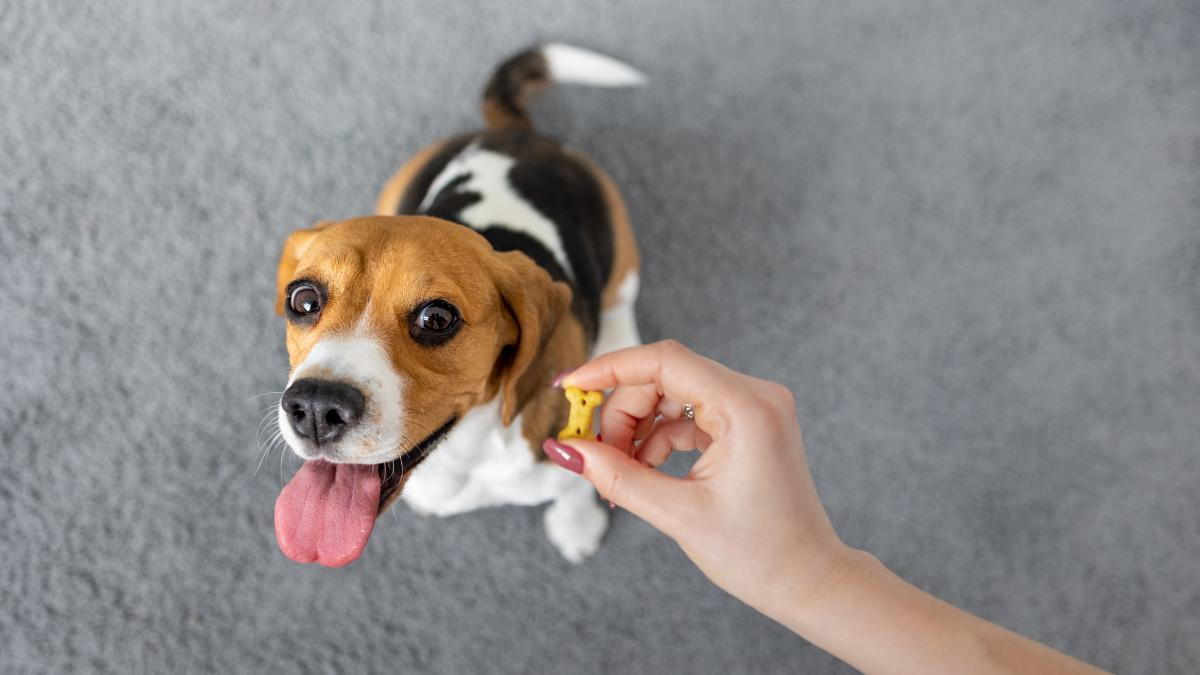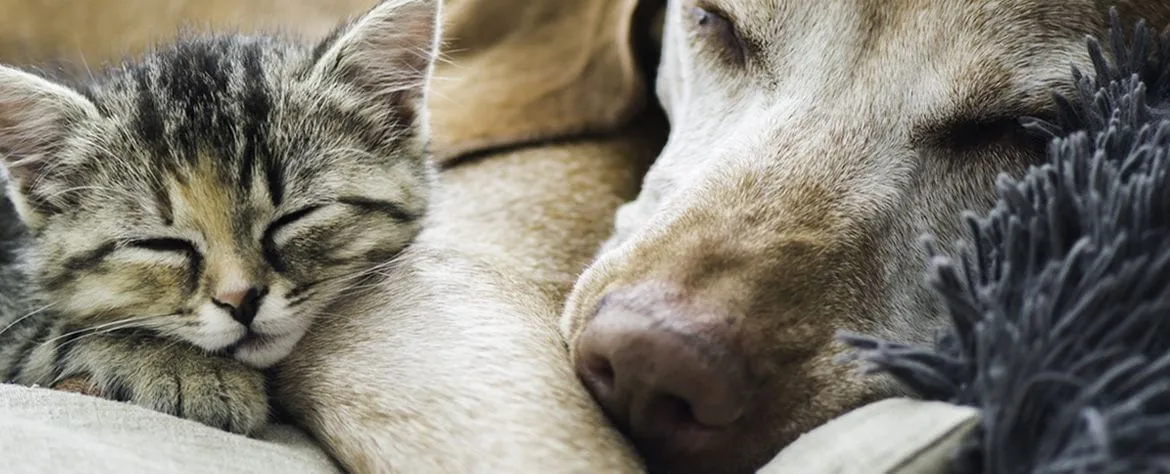
Arguably the most important cue any pet parent can teach their dog, the ‘stay’ cue is not only useful in the home setting, but can literally save his life. That said, training your dog basic obedience and appropriate behavior is a responsibility of every pet owner.
January is National Train Your Dog Month, so, why is 'stay' so important?
Most pet owners begin teaching their dog basic commands the moment they bring them home. The first “trick” almost all dogs learn is the ‘sit’ command, followed by ‘down’, and ‘come’. While these are all helpful cues to teach, the most important behavior of all, ‘stay’, is far too often ignored.
A dog who’s been taught a solid, reliable ‘stay’ is almost always safer than a dog that’s untrained. Imagine a visitor comes to your home. Without understanding ‘stay’, your dog could bolt out the front door. During walks, dog owners frequently encounter squirrels, rabbits, or other dogs. Without a reliable ‘stay’ cue, your dog may dart after an animal, unaware of oncoming traffic or other hazards.
Even inside the home, ‘stay’ is a useful cue. When you ask your dog to sit while greeting a guest, or to lay down while your family eats dinner, a dog that hasn’t been taught to stay, may bounce right back up from where he’s sitting or leave his bed to beg at the dinner table.
If Teaching ‘Stay’ is So Important, Why is it So Often Overlooked?
The answer is simple. Stay isn’t technically a command or cue, but rather, the absence of a command or cue. A dog should be taught to always stay in whatever cue he’s been given, like ‘sit’, ‘down’, or even ‘play dead’, until he’s been released.
Training your dog to stay is not taught in the same way that other cues, commands, and tricks are taught. In fact, in many ways, it’s even simpler. Here’s how to do it:
1. Give the dog a cue or command, like ‘sit’ or ‘down’. As long as the dog is in that position, he is technically “staying”, it’s not necessary to give a verbal command for your dog to ‘stay’.
2. When the dog is in position, like sitting or staying as commanded, give verbal praise, like “good boy/girl”.
3. Release the dog from the original cue with another cue, like “okay” or “free” to signal to them that they’re free to get up or move from their position.
4. Reward the dog with praise, treats, or toys – whichever is most valuable to him. Only reward the dog if he waited until released from the original cue to move.



